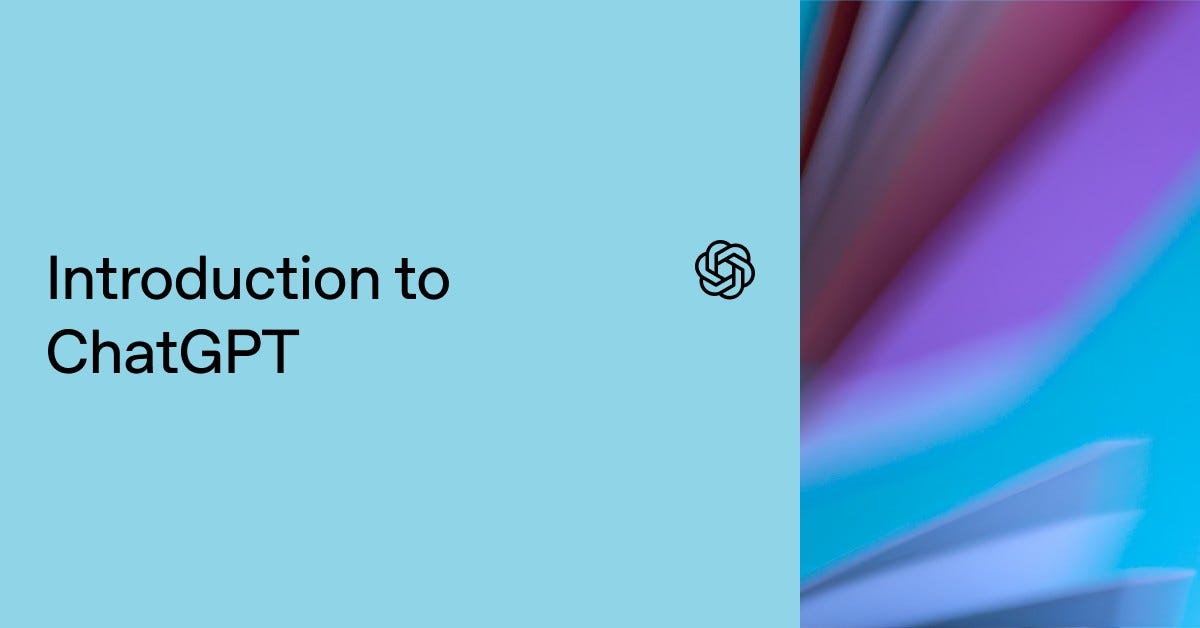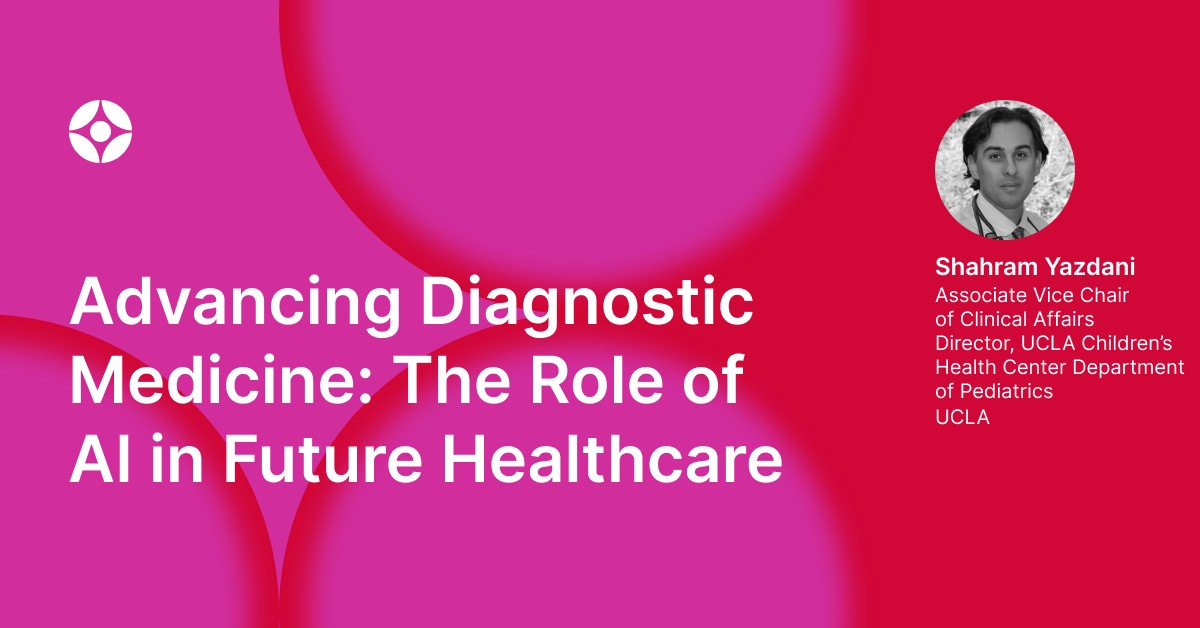Hi
Welcome to The Prompt. AI isn’t well understood, but we learn a lot in our work that can help. In this newsletter, we share some of our learnings with you. If you find them useful, sign up here for the next issue.
[Insight] China’s top models just months behind
Last week, as white smoke appeared from the Vatican’s chimney and the White House announced a UK trade deal, the Senate Commerce Committee held a hearing, “Winning the AI Race.” Our CEO and co-founder Sam Altman testified. The big, bipartisan question was how to ensure that American-led AI, built on democratic principles, continues to prevail over autocratic, authoritarian AI built by the People’s Republic of China (PRC). (OpenAI’s answer here.)
China was mentioned 43 times during the three-hour hearing, averaging once every four minutes. (Europe was cited 28 times as an example of how to over-regulate AI and undercut your economy.)
Per our colleagues’ latest internal assessment of how AI adoption in the PRC is reshaping daily life: Citizens interact regularly with AI-driven government services, from automated document approvals to virtual consultations on public health and environmental issues. A majority of provinces and municipalities have integrated DeepSeek models. Behind these deployments, the PRC’s AI ecosystem is consolidating around several dominant platforms, including Alibaba (Qwen), Baidu (Ernie), ByteDance (Doubao), and Tencent (Hunyuan), along with start-ups like DeepSeek, collectively accelerating the PRC’s fast-follow of the US.
US dominance in key tasks is starting to narrow. By some measures, China leads in video-generation and robotics deployment. US models maintain an overall lead, especially in advanced chain-of-thought reasoning tasks, exemplified by OpenAI’s o3 and Google’s Gemini 2.5 Pro. However, top Chinese contenders have narrowed the gap to around three months, particularly in data analysis and coding. DeepSeek’s R1 remains the strongest Chinese model, but Alibaba’s Qwen, Tencent’s Hunyuan Turbos, and ByteDance’s Doubao are also rapidly approaching the performance levels of leading US models.
[Idea] How we’ll know it’s AGI
In 2016, when Texas Sen. Ted Cruz (R) convened his first AI hearing, our co-founder Greg Brockman testified that AGI* models were probably 10 to 100 years away.
Last week, Sam testified before Cruz’s full Commerce Committee that the science of AI has advanced so significantly that we’re now confident we’ll reach that milestone during President Trump’s term.
Sam laid out three major advances for AI that he expects to see in the next three years:
In 2025, we will release AI-powered tools that can handle sophisticated software engineering, and AI agents that can handle real-world tasks like making doctor’s appointments and helping to run a business. These agents will be super assistants who can collaborate with workers in every industry, doctors in all specialties, and scientists in every field of research.
In 2026, AI may unlock a new wave of scientific breakthroughs by designing experiments to tackle America’s toughest challenges in climate, health, and national security.
And in 2027, AI-powered robotics could push AI-driven productivity gains into the physical world, handling routine tasks so people can spend more time on the work and activities they enjoy.
“This is, I believe, among the biggest … technological revolutions humanity will have ever produced,” Sam said last week. “And I feel privileged to be here. I feel curious and interested in what’s going to happen. But I do think things are going to change quite substantially.”
* AGI = AI models that can tackle increasingly complex problems across many fields – a coming technological revolution likely more consequential than the internet.
[Data] People have pain points they think AI can fix
A recent survey for us by Panterra (April 18-21, 1,054 US adults, MOE +/-3%) found Americans experiencing real pain in institutions they rely on daily – healthcare and education – and real concerns about national enterprises on which they believe the US needs to be out in front: scientific research and national security.
Openness to the idea that AI can help address these pain points is bipartisan and corresponds to AI usage. But the usage bar is fairly low: among the nearly half of Americans who say they use AI at least once a month, 71% believe AI can help solve society's most pressing challenges.
Healthcare: Seen as the single best reason to develop AI, with strong bipartisan support. Where AI can help: 77% say it’s a problem that underserved communities can’t access quality care; 72% say healthcare information is too confusing; and 57% say language barriers keep patients from getting care.
Scientific research: Of all sectors surveyed, the source of greatest optimism about AI’s benefits. Driving new scientific discoveries ranks #3 among the most important ways AI is helping society, close behind medical advancement. Where AI can help: 73% say it’s a problem that medical advancements take too long to reach the public, and 67% say the US needs faster breakthroughs in renewable energy.
National security: Strengthening cybersecurity is seen as a top benefit of AI after medical and scientific research. Gen Z respondents see improving people’s safety as AI’s #1 benefit. Where AI can help: 72% say there’s difficulty in tracking terrorist groups and criminal organizations.
Education: 2 in 5 parents are optimistic that AI can create benefits for people in education. Where AI can help: 71% say it’s a problem that schools aren’t teaching students the skills of the future, and 69% say it’s a problem that schools can’t tailor lesson plans to meet students’ needs.
[AI Economics] Forecasting productivity growth
How much impact will AI have on growth and productivity? That’s the most common question OpenAI’s Chief Economist Ronnie Chatterji gets. The question may sound simple, Ronnie says, but economists have wide-ranging estimates – from 0.06% in annual productivity growth, to 18%. While 0.06% may seem low, it’s significant given that this means billions of dollars in total GDP growth (US GDP in Q1 of this year was nearly $30 trillion).
This divergence is not unusual, he says. Economists are studying a technology that is changing at an unprecedented rate before our eyes, with costs declining and capabilities increasing rapidly. Further, it really depends on what you think generative AI can do. If it’s just a writing and editing tool, the economic impact will not be huge. But if we one day have autonomous agents discovering new drugs and launching new organizations, this technology will drive the most significant economic transformation in generations.
[Prompt] Don’t fear the binder
Asked to put together a 100-page prep binder? We’ve been there. For us, it was to compile candidate issue positions for presidential debate moderators.
So we asked our Deep Research tool within ChatGPT to give it a go. Try this one out or swap in other names. It’s a solid, sourced first draft. Going forward, we’ll share prompts we’re using for our work at OpenAI.
[About] OpenAI Academy
Prompt engineering – which is just constructing the most effective prompts for your purposes, no engineering expertise required! – is the most popular course we offer through OpenAI Academy, OpenAI’s free online and in-person AI literacy trainings for beginners through experts.
OpenAI has called for a nationwide AI education strategy – rooted in local communities, in partnership with US companies – to help our current workforce and students become AI-ready, bolster the economy, and secure continued US leadership on innovation.
Maintaining US leadership in AI means ensuring we have an experienced, trained professional workforce working across the AI supply chain.
10:00 AM – 11:00 AM, May 22 (EDT)
Join Lois Newman for an introduction to ChatGPT designed for beginners. Only a free ChatGPT account is required to follow along. Afterward, OpenAI Solutions Engineer Mohammed Husain will join Lois for a live Q&A to answer your questions.
[About] OpenAI Forum
Explore past and upcoming programming by and for our community of 25,000 AI experts and enthusiasts from across tech, science, medicine, education and government, among other fields.
[Events]
May 14: OpenAI Academy: Advanced Features for Nonprofits
May 15: OpenAI Forum’s Advancing Diagnostic Medicine: The Role of AI in Future Healthcare
May 22: OpenAI Academy: Introduction to ChatGPT
June 4: OpenAI Forum’s Navigating the Future of Work in the Age of AI, with LinkedIn Chief Economist Dr. Karin Kimbrough and OpenAI Chief Economist Ronnie Chatterji
[Disclosure]
This newsletter is written and curated by OpenAI’s Global Affairs team – but with help from our tools! Visuals here were generated by ImageGen, based on custom prompts tailored to each section’s theme. ChatGPT helped with editing and suggestions for naming the newsletter.

















